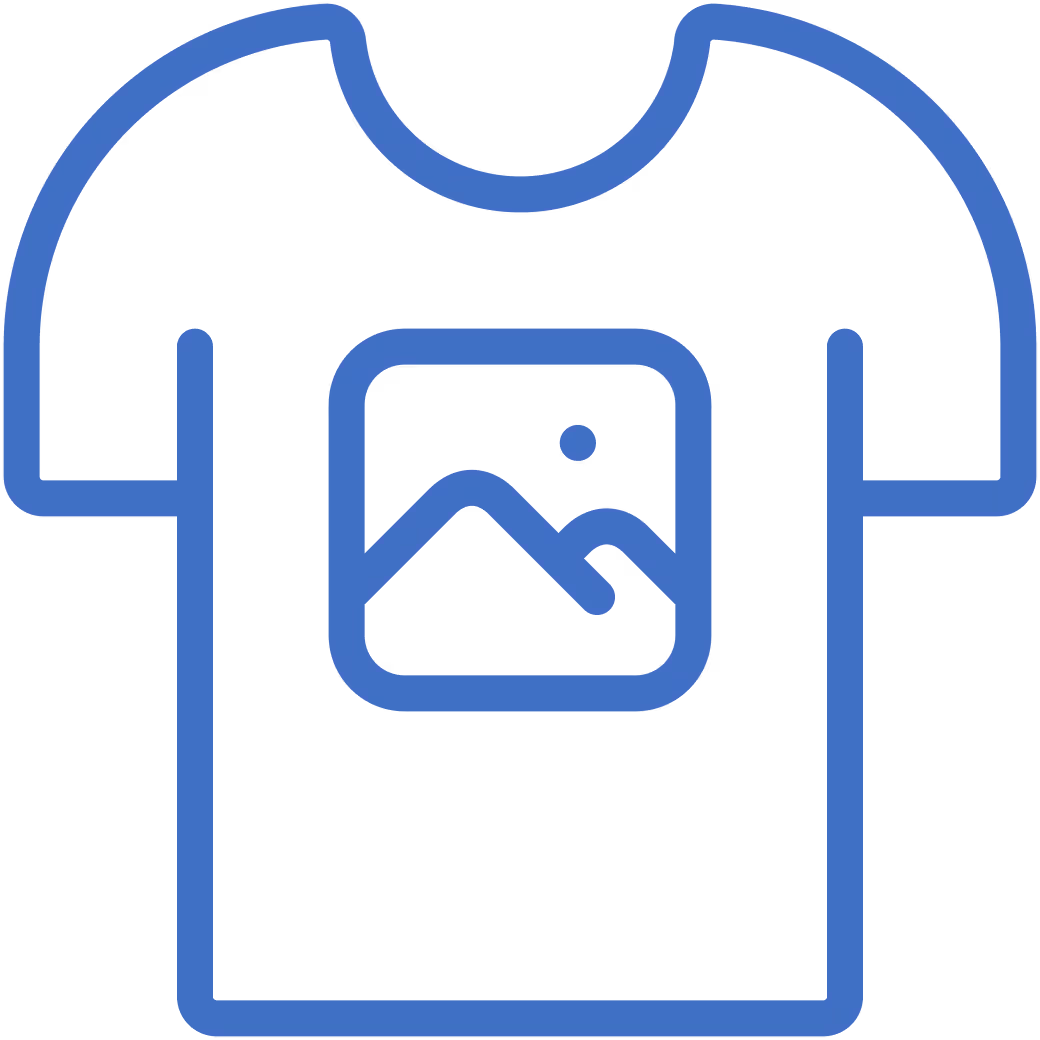Generative AI tool for images and coloring books

Generative AI tool for images and coloring books
Generative AI tool for images and coloring books








Lorem ipsum dolor sit amet, consectetur adipiscing elit. Suspendisse varius enim in eros elementum tristique. Duis cursus, mi quis viverra ornare, eros dolor interdum nulla, ut commodo diam libero vitae erat. Aenean faucibus nibh et justo cursus id rutrum lorem imperdiet. Nunc ut sem vitae risus tristique posuere.
“Experience in medical Apps is a big advantage of Apzumi for me. The team members are also very helpful with their valuable insight.”


“Experience in medical Apps is a big advantage of Apzumi for me. The team members are also very helpful with their valuable insight.”


“Experience in medical Apps is a big advantage of Apzumi for me. The team members are also very helpful with their valuable insight.”


“Experience in medical Apps is a big advantage of Apzumi for me. The team members are also very helpful with their valuable insight.”


“Experience in medical Apps is a big advantage of Apzumi for me. The team members are also very helpful with their valuable insight.”


“Experience in medical Apps is a big advantage of Apzumi for me. The team members are also very helpful with their valuable insight.”


“Experience in medical Apps is a big advantage of Apzumi for me. The team members are also very helpful with their valuable insight.”


“Experience in medical Apps is a big advantage of Apzumi for me. The team members are also very helpful with their valuable insight.”


“Experience in medical Apps is a big advantage of Apzumi for me. The team members are also very helpful with their valuable insight.”


“Experience in medical Apps is a big advantage of Apzumi for me. The team members are also very helpful with their valuable insight.”


“Experience in medical Apps is a big advantage of Apzumi for me. The team members are also very helpful with their valuable insight.”


“Experience in medical Apps is a big advantage of Apzumi for me. The team members are also very helpful with their valuable insight.”


“Experience in medical Apps is a big advantage of Apzumi for me. The team members are also very helpful with their valuable insight.”




Joanna Kasprzak, Ph.D. in Bioinformatics, is a specialist in data simulations and algorithms. In Apzumi, she has led over 30 successful Digital Health applications as a Project Manager or Product Owner.


Sebastian Zarzycki, MSCS in Software Engineering, has over 18 years of experience in designing, architecting, implementing and overseeing software. He's involved in all key Apzumi projects.

Back to Case Studies



The first step involved converting scanned documents into digital formats using OCR technology. This phase was crucial due to the diverse nature and quality of the scanned documents. Advanced OCR solutions were employed, capable of handling various text formats, handwriting, and even low-quality scans, ensuring high accuracy in digitization.
Once digitized, the documents were categorized into predefined classes such as medical reports, lab tests, and billing documents. This categorization was facilitated by a machine learning model trained on a large dataset of annotated healthcare documents. The model was fine-tuned to recognize and categorize documents accurately, even when the formats and templates varied significantly.
The extraction of key facts from the categorized documents was the next critical step. Using natural language processing (NLP) and machine learning algorithms, the system identified and extracted pertinent information such as patient names, birthdates, addresses, ICD codes, and details of medical procedures. The AI model was trained to understand the context and semantics of the healthcare domain, ensuring a high level of precision in fact retrieval.
The final step involved synthesizing the extracted information into coherent medical summaries and reports. Generative AI models, trained on a vast corpus of medical texts, were employed to generate summaries that were both accurate and easily comprehensible. These summaries provided a consolidated view of the patient's medical history and current claims, significantly aiding in the decision-making process.













